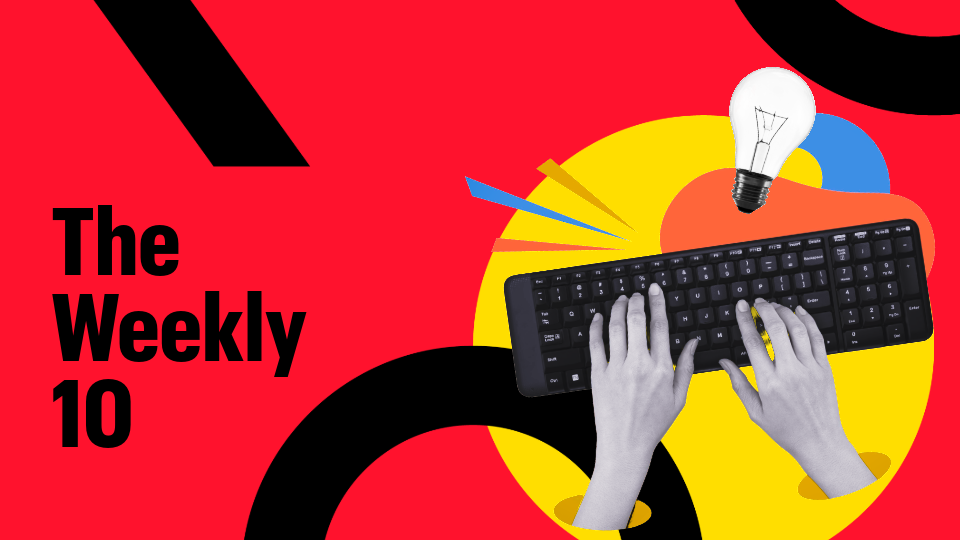Welcome to Marketers' Pain Points, a new column from Quad Insights that discusses specific solutions to common marketing problems.
Q: The retail environment seems so uncertain now that it seems risky to add marketing staff, even though ever since the pandemic we've been operating with smaller staffs and budgets, but we're still expected to deliver big results. I'm struggling with how to stretch dollars so we can meet our KPIs. What are you seeing across the retail marketing landscape and how do you recommend we cope with these competing pressures?
Quad is seeing the same thing.
"Three or four years ago, many big retail businesses had digital teams of 35-plus. They had 35 in-store print buyers, plus large teams of folks dedicated to other specific areas. That is not the case anymore," observes Gabrielle Miller, Vice President of Business Development for Quad Managed Services. "Right now, we're hearing, 'We have limited resources and a limited team, but we still have big dreams and goals' — and it's a heavy lift."
There are a few strategies that will help retailers manage the situation to succeed, Miller says.
Actionable reporting
In recent months, Miller says she has not had a meeting with retailers in which data and analytics weren't a topic of conversation, "and that speaks to the need to buy smarter today, to do it right the first time."
Data and analytics feed actionable reporting — reporting that can and should change how a business deploys its marketing spend. It makes it possible to reduce waste and save money.
"Let's say we look at your store profiling and see that we've been sending universal display kits to your 1,800 stores. But digging into the data, we realize we can trim that down and not send those kits to certain stores that will just throw them away because they don't have the kind of windows that display needs," she explains.
Actionable reporting allows retailers to adjust and optimize a range of budget line items, from in-store displays to their media mix. It helps avoid big bets that don't pan out.
Smart partnering
No two retailers' business needs are exactly the same, Miller notes. "Every brand has a unique set of business problems and goals, and those have to be the starting point for solutions."
Instead, many marketers face a situation where the starting point is a potential partner's capabilities, because the vendor doesn't have the ability to create a tailored solution customized to a retailer's needs. "You have to ask yourself, are you only being offered a solution that's been filtered through the specific capabilities that vendor has?" she says.
Another option, working with consultants and brokers, can be helpful, but there's a flip side. "Brokers have people who are very good buyers, and consultants who can tell you where to buy and who to talk to, but neither has their own assets to bring costs down," she cautions.
Invest time up front to evaluate what a vendor's real capabilities are. Ask if they've ever referred a client to a third party for a specific need that they themselves aren't built to meet.
Thoughtful centralization
Centralization has emerged recently as a strategy to improve ROI, says Miller, especially for larger retailers and CPG brands.
"During the pandemic, there was a little bit of a free-for-all in marketing and purchasing," she says. "Now, as we've come back and we're trying to do more with these smaller teams and less money, executives want a centralized buying process and marketing approach."
At the same time, national retailers see the value of some degree of local control — for both market impact and wise use of staff and budget.
"You want a regional manager of a grocery store to be able to run his or her business to the best of their ability, as efficiently as possible, without draining corporate resources," Miller says.
The right technology can help. For example, Quad has developed a centralized Local Marketing Platform (LMP) as an alternative to both rigid central control and freewheeling local management that could put consistent brand messaging and identity at risk.
The platform can be tailored to an individual brand's needs. Key features include:
- A central portal that's loaded with pre-approved media templates
- Print and mail on-demand ordering
- A marketing calendar
- A local/regional budget and performance tracker
The platform also streamlines the workflow. "What happens is, instead of all the email back-and-forth of 'I need this' and 'I need that' and 'Can you send me the tracking?' the LMP automates all those processes," says Miller. "It takes the burden off corporate resources and allows them to focus on what they're trying to accomplish for the company."
Each of these strategies starts with a basic operating principle, Miller notes. "It's all about the end of the story: Where do you want to be — and what do you need to get there?"



